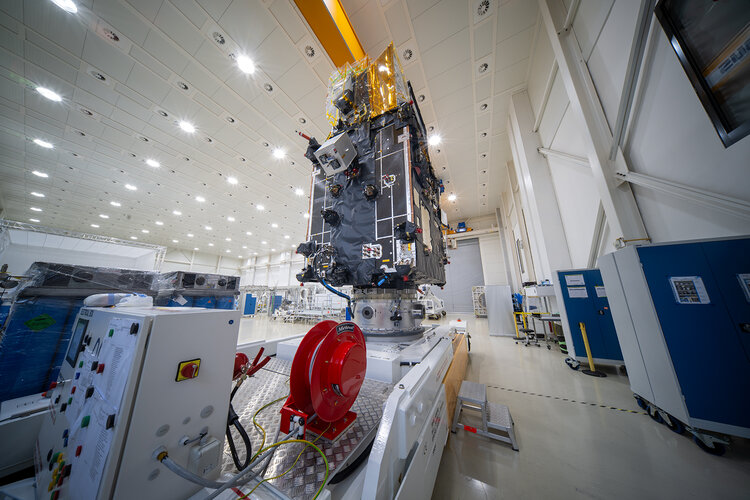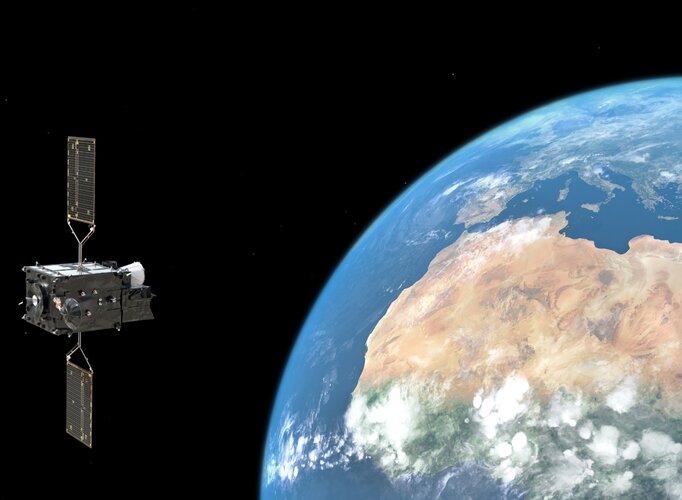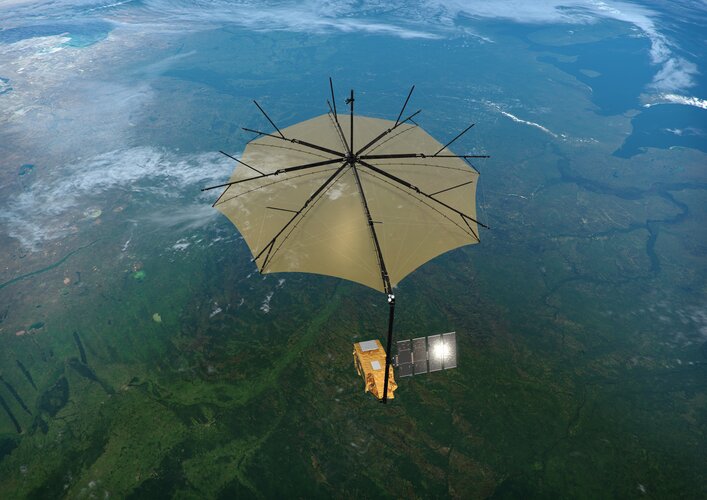ESA - Observing the Earth News
| The European Space Agency (ESA) is Europe’s gateway to space. Its mission is to shape the development of Europe’s space capability and ensure that investment in space continues to deliver benefits to the citizens of Europe and the world. | |||||||||||||||||
|








 Feed
Feed Scan with QR Code Reader
Scan with QR Code Reader mobi
mobi




 Image:
The Copernicus Sentinel-2 mission takes us over the Sequoia and Kings Canyon National Parks in California’s Sierra Nevada mountains.
Image:
The Copernicus Sentinel-2 mission takes us over the Sequoia and Kings Canyon National Parks in California’s Sierra Nevada mountains. Image:
Biomass out of the box
Image:
Biomass out of the box 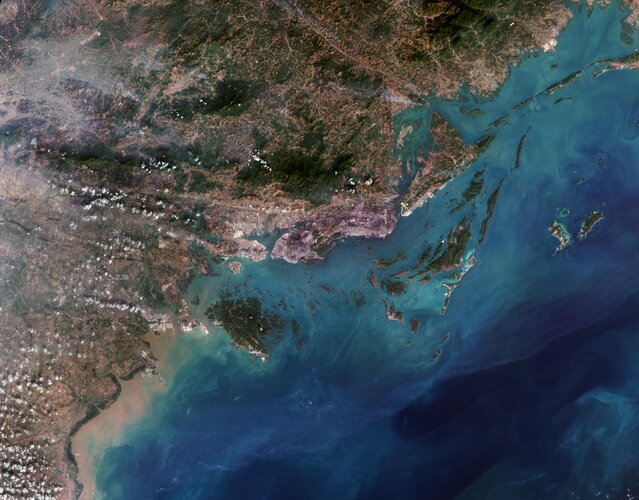 Image:
This Copernicus Sentinel-2 image showcases striking rocky formations amid the blue waters of Halong Bay in northeast Vietnam.
Image:
This Copernicus Sentinel-2 image showcases striking rocky formations amid the blue waters of Halong Bay in northeast Vietnam. Image:
Three MetOp-SG-B weather siblings
Image:
Three MetOp-SG-B weather siblings 
 Image:
The Copernicus Sentinel-2 mission takes us over Albania’s capital Tirana and its surroundings.
Image:
The Copernicus Sentinel-2 mission takes us over Albania’s capital Tirana and its surroundings. 

